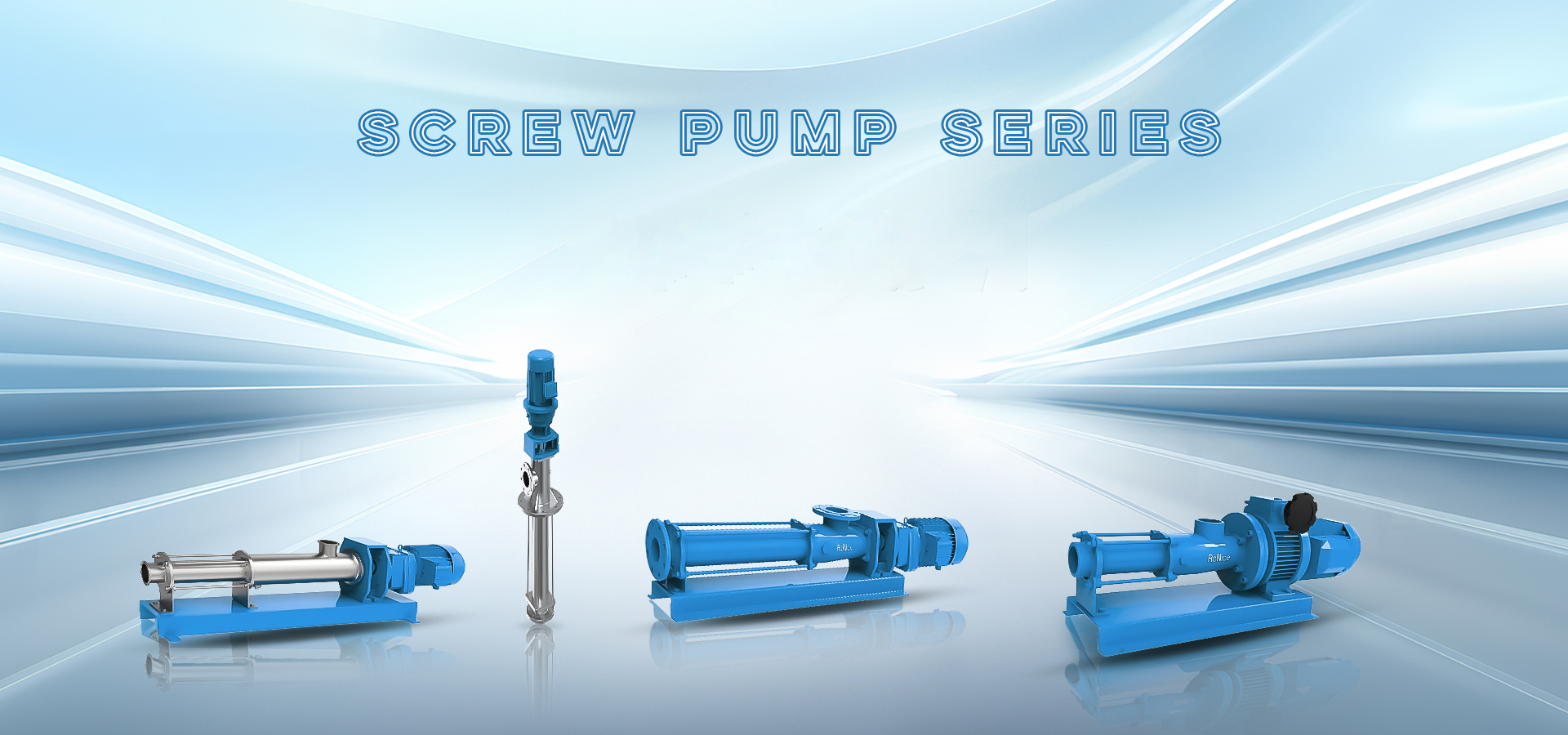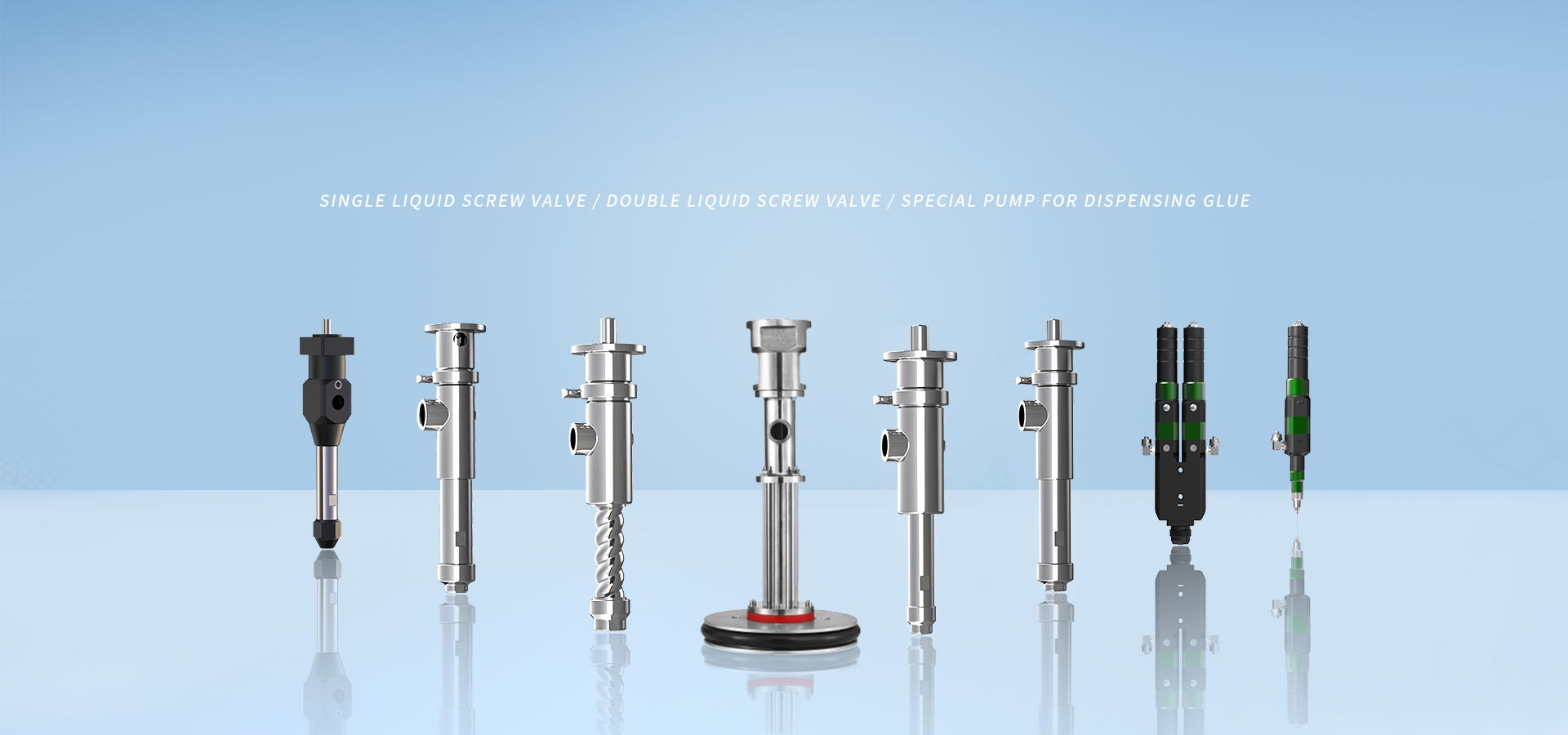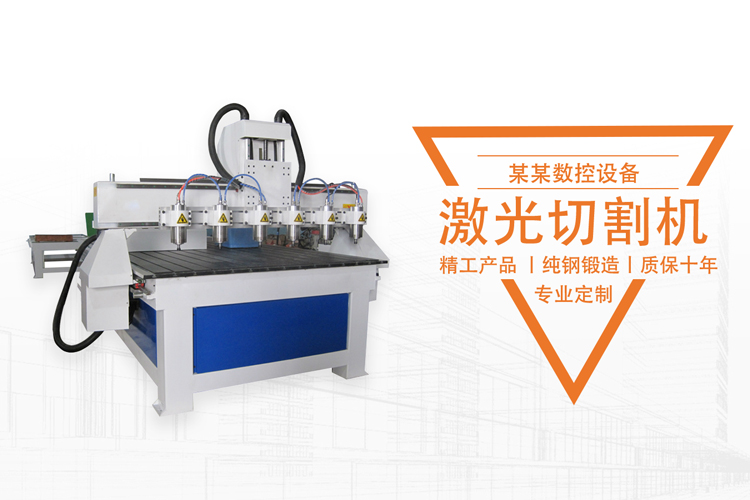Characteristics and Applications of Screw Pumps
Characteristics:
Simple Design: Easy to manufacture and maintain.
High Flow Rate: Low head loss and high operational efficiency.
Versatile Compatibility: Suitable for liquids with varying viscosities and solid particles.
Excellent Sealing: Strong corrosion resistance.
Low-Speed Operation: Reduces mechanical wear and avoids cavitation.
Wide Flow Channels: Suitable for transporting liquids containing solid substances.
Semi-Open Pump Casing: Allows for easy observation of internal operating conditions.
Applications:
Screw pumps have a wide range of applications across various fluid transport sectors:
Petrochemical Industry: Transport of petroleum products and chemical raw materials.
Environmental Water Treatment: Handling urban sewage, industrial wastewater, and water treatment processes.
Food and Pharmaceutical Industries: Transport of food ingredients and pharmaceutical products (e.g., milk, juice, medicinal liquids).
Marine Transport: Circulation of marine fuel, lubricants, and bilge water.
Construction: Transport of construction materials such as concrete and mortar.
Parameter Introduction:
Key parameters of screw pumps include:
Flow Rate (Q): Measured in m³/h or L/min, indicating the volume of liquid pumped per unit time.
Head (H): Measured in meters, representing the vertical lifting height of the liquid.
Speed (n): Measured in r/min, reflecting the rotation speed of the screw pump.
Power (P): Measured in kW, indicating the power required to pump the liquid.
Temperature (T): Measured in °C, specifying the suitable temperature range for the pumped liquid.
Selection and Usage Notes:
Precise Selection: Choose based on actual needs, considering flow rate, head, speed, and power.
Material Compatibility: Consider the characteristics of the pumped liquid and select appropriate pump casing and screw materials.
Regular Maintenance: Implement periodic inspections and maintenance to ensure stable operation and extend the pump's lifespan.

















